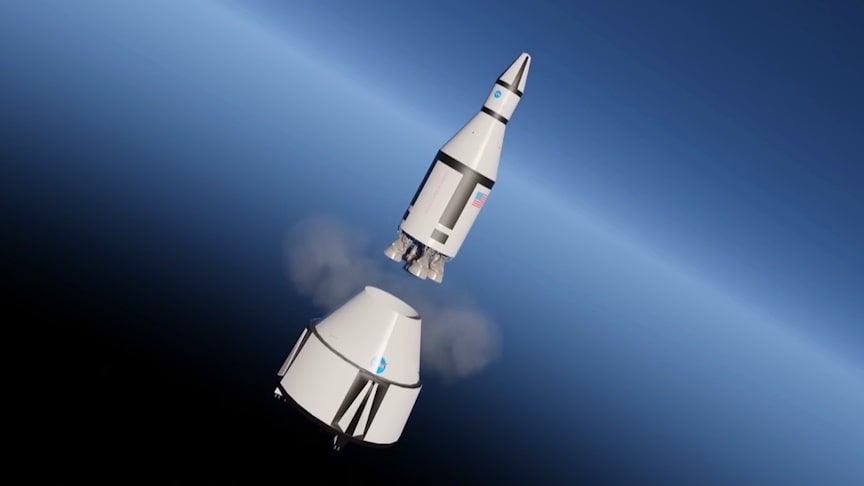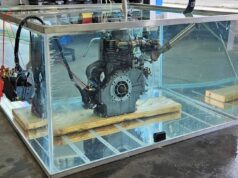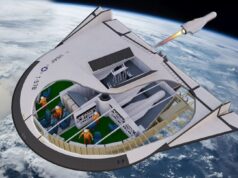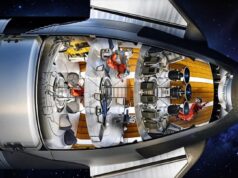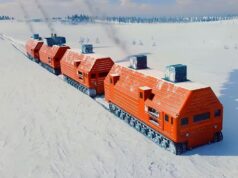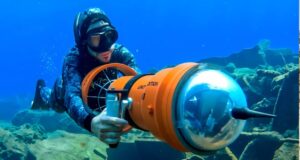The NEXUS reusable rocket was a concept design created in the 1960s by a group at General Dynamics led by Krafft Arnold Ehricke. It was intended as the next leap beyond the Saturn V, carrying up to eight times more payload. Several versions were designed, including 12,000 and 24,000 short ton vehicles with payloads of one thousand and two thousand short tons respectively. The larger version had a diameter of 202 feet (61.5 metres). It was never built.
source.image: Escape Velocity
It was a single-stage-to-orbit vehicle that would be fully recoverable upon landing in the ocean. It would use parachutes to slow descent, with retrorockets (on top) for a final soft touchdown. The nexus was a pretty squat rocket, with a tapered rocket stage up to the payload. This wide base gave it plenty of space for a large internal fuel tank of liquid hydrogen. This tank was in the shape of a cone rather than a sphere or cylinder, which allowed for seperate oxygen tanks, 24 of them, at the base – in a ring around the engines.
Down in the base there was also flaps to help control re-entry, but we will get to that in a moment. These fuel tanks supported a number of inficidualal high-pressy hudrogen oxygen rocket engines that could be developed from a number of programs at the time – allowing the rocket much needed flexability. Just in case there was to be issues with the performance, there was a capacity to include 12 solid rocket motors attached to boosters form the titan 3c to give an additional 1000 ft per second.
Advertisement
It wasn’t ruled out to use nuclear engines for these boosters either. Speaking on nuclear, There was also a plan to change the upper stage to a nuclear pulse engine – a la Orion Rocket. For launching, a new launch site was proposed, almost massive compared to the size of the current one used for the saturn v and the space shuttle – around 700 miles.

